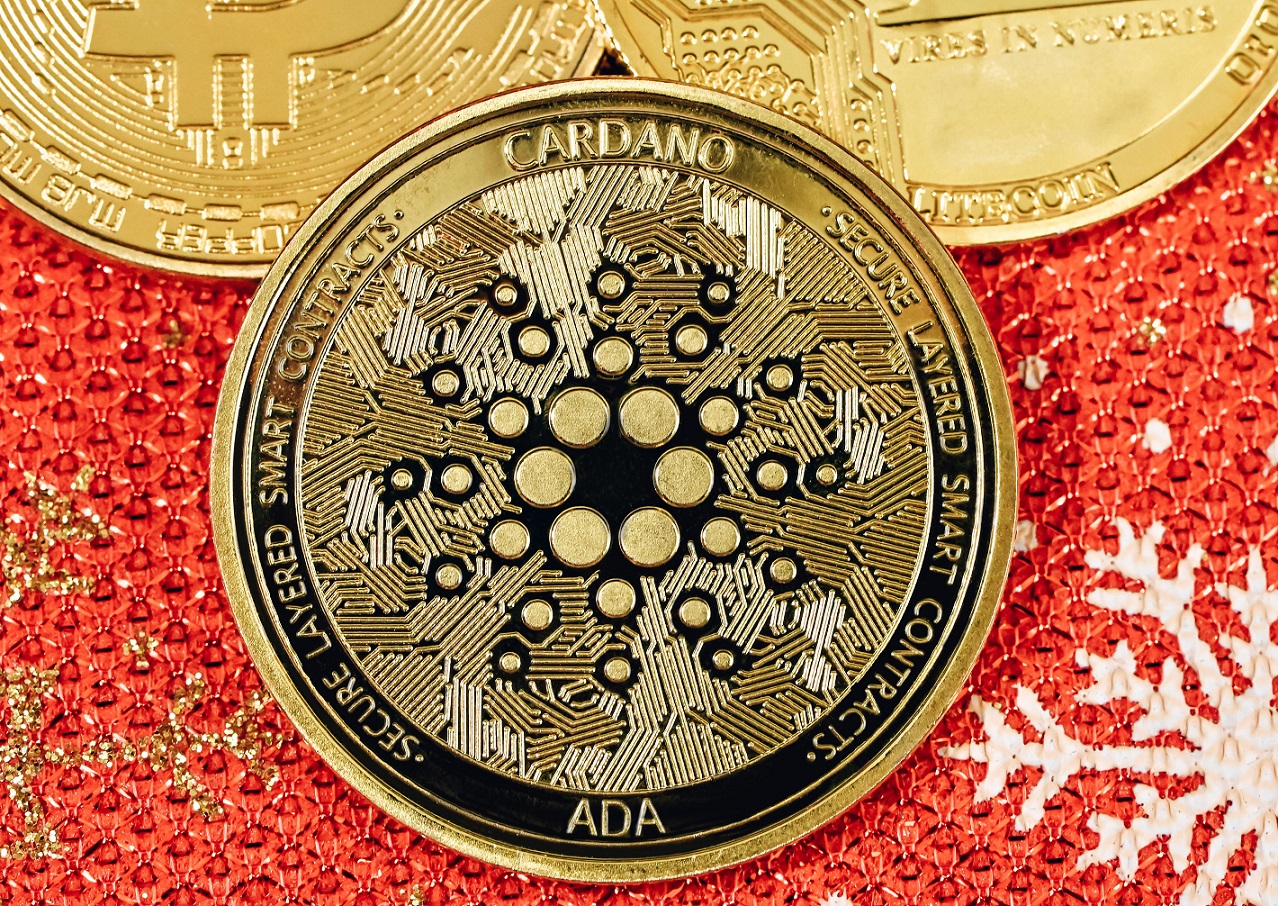In a world increasingly concerned with environmental sustainability, Cardano emerges as a frontrunner in the blockchain space, championing a revolutionary approach to minimize its ecological footprint. Through innovative design choices and a commitment to long-term sustainability, Cardano sets a new standard for environmentally conscious blockchain technology.
The Environmental Challenge in Blockchain
Blockchain technology, while transformative, has faced scrutiny due to its energy-intensive consensus mechanisms, notably seen in Bitcoin’s Proof of Work (PoW). The computational power required for PoW not only consumes vast amounts of electricity but also raises concerns about the long-term environmental impact.
Cardano’s Proof of Stake (PoS) Revolution
Cardano tackles this challenge head-on by adopting a Proof of Stake (PoS) consensus mechanism. Unlike PoW, which demands significant computational power, PoS relies on validators who are chosen to create new blocks based on the amount of cryptocurrency they hold and are willing to “stake” as collateral. This shift drastically reduces energy consumption, making Cardano a sustainable alternative in the blockchain arena.
Ouroboros: The Heart of Cardano’s Sustainability
At the core of Cardano’s sustainability model lies the Ouroboros consensus protocol. Through Ouroboros, Cardano achieves both security and sustainability. The protocol divides time into epochs and slots, where validators take turns creating blocks. This elegant design ensures network security while drastically reducing energy consumption compared to PoW.
A Three-Pronged Approach to Sustainability
Cardano’s commitment to sustainability extends beyond its consensus mechanism. It adopts a comprehensive three-pronged approach:
1. Research-Driven Development
Cardano’s development is rooted in scientific research and academic rigor. This approach ensures that every decision is backed by a deep understanding of the underlying technology, leading to more efficient and sustainable solutions.
2. Continuous Optimization
Cardano’s development roadmap includes phases dedicated to performance enhancement, such as the Basho phase. These optimizations are crucial for ensuring scalability and reducing resource requirements as the network grows.
3. Environmental Initiatives
Cardano explores innovative ways to leverage its technology for environmental initiatives. This includes potential applications in carbon credit markets and sustainable supply chain tracking, demonstrating a commitment to using blockchain for positive environmental impact.
Beyond Sustainability: A Vision for the Future
Cardano’s pioneering efforts in sustainability not only address immediate concerns but also set a precedent for future blockchain projects. By prioritizing energy efficiency and environmental impact, Cardano aims to lead the way towards a greener, more sustainable blockchain ecosystem.
As Cardano continues to evolve, its commitment to sustainability remains steadfast. With ongoing research, optimization, and a forward-looking vision, Cardano stands poised to shape a more environmentally conscious future for blockchain technology.
In upcoming articles, we’ll explore specific projects and initiatives within Cardano’s sustainability framework, providing deeper insights into the practical applications and potential of this groundbreaking approach.

